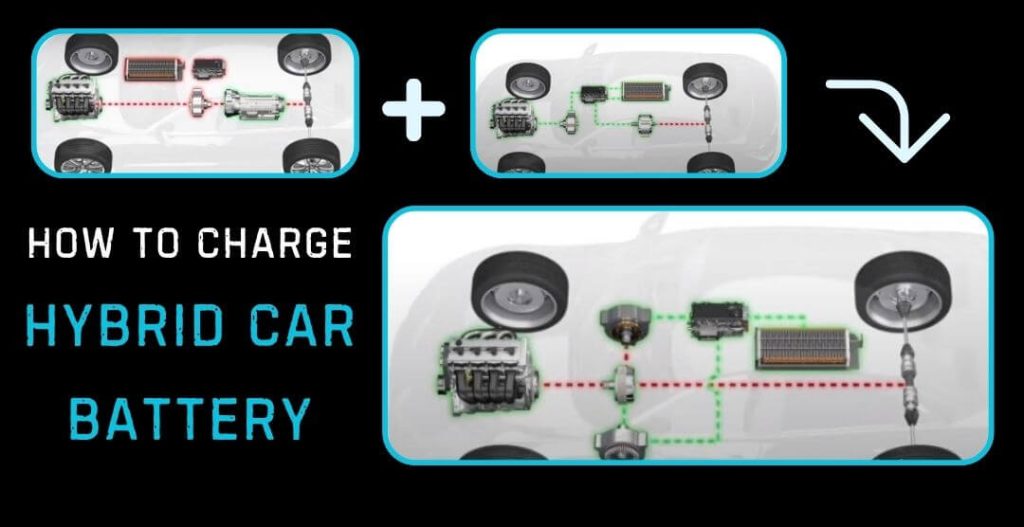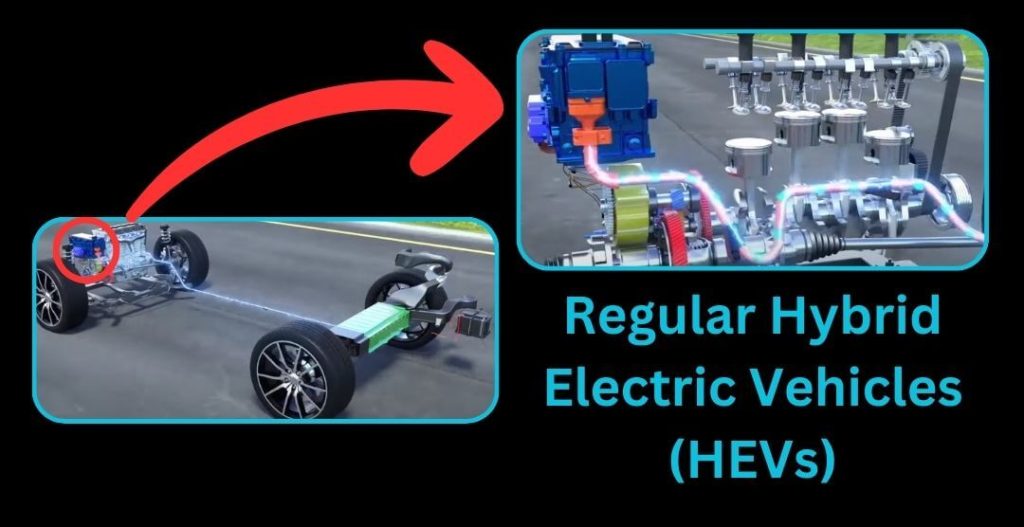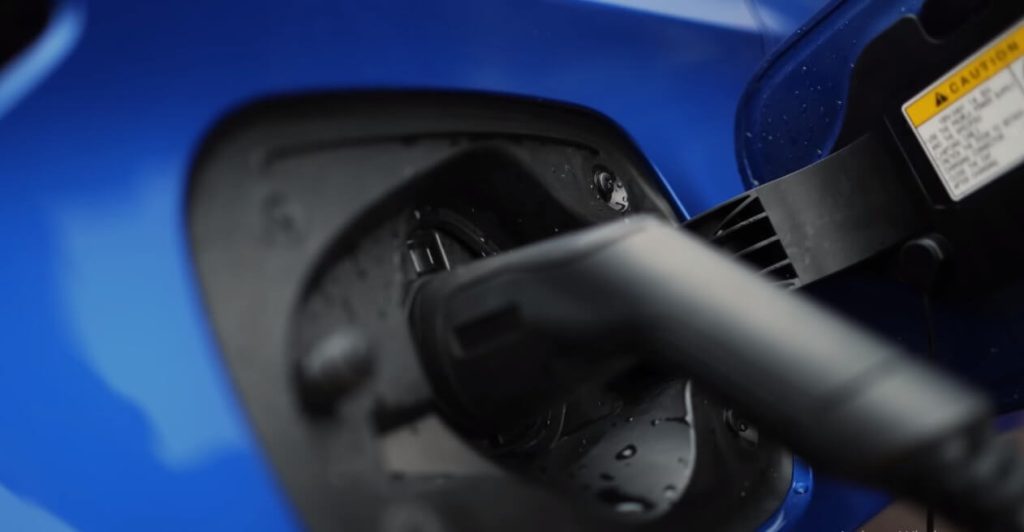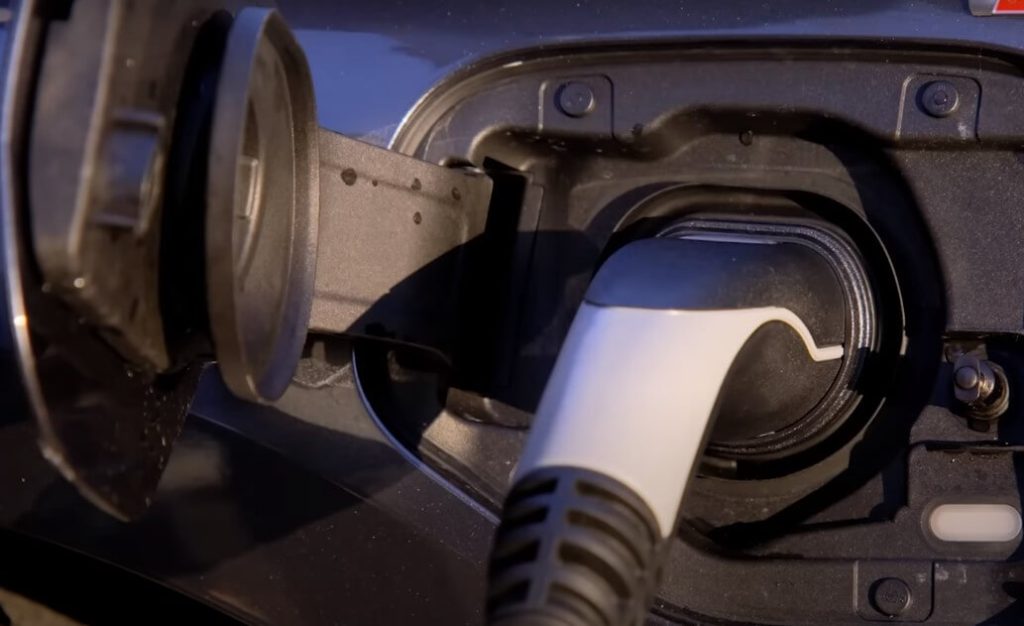Hybrid cars have revolutionized the automotive landscape, offering drivers a blend of fuel efficiency and electric power. But unlike their fully electric counterparts, hybrids don’t rely solely on external charging. Understanding how to charge a hybrid car battery can optimize your driving experience and maximize the benefits of this innovative technology.

Here the question arrives that Do hybrid cars need to be charged? You can get the answer by Understanding Hybrid Battery Types
There are two main categories of hybrids:
- Regular Hybrid Electric Vehicles (HEVs):
These hybrids cannot be plugged in for external charging. Their batteries are charged by the gasoline engine and through regenerative braking, which captures energy during deceleration.Regular Hybrid Electric Vehicles (HEVs) are hybrids that cannot be charged externally by plugging them in. Instead, their batteries are charged through two primary methods:

- Gasoline Engine Charging: The internal combustion engine charges the battery by generating electricity while the vehicle is in motion. This charging process occurs automatically as the vehicle operates.

- Regenerative Braking: HEVs utilize regenerative braking systems to capture energy during deceleration or braking. In this process, energy is captured and then converted into electricity. Later this electricity is stored in the battery so that it could be used later.
By combining these two charging methods, regular HEVs efficiently utilize both gasoline power and regenerative braking to keep their batteries charged without needing external charging stations.
- Plug-in Hybrid Electric Vehicles (PHEVs):
PHEVs offer the best of both worlds. We can charge them externally and also have a gasoline engine for longer trips.PHEVs have larger batteries than regular hybrids. This allows you to drive on electric power for extended ranges, typically between 15 to 60 miles on a single charge. Perfect for running errands, commuting to work, or zipping around town with minimal emissions and fuel costs.
Charging a Regular Hybrid (HEV):
HEVs are self-sufficient when it comes to battery charging. Here’s what you need to know:
- The engine is the primary charger: As you drive your HEV, the gasoline engine kicks in to maintain battery levels and power the car.
- Regenerative braking takes charge: When you slow down or brake, the HEV captures kinetic energy and converts it into electricity, topping up the battery.
- No external charging needed: Unlike PHEVs, HEVs don’t require plugging into a power source.

Charging a Plug-in Hybrid (PHEV):
PHEVs offer more flexibility with charging options:
- Plug-in for extended electric range: PHEVs come with a charging port that allows you to connect to an external power source. This can be a regular household outlet (Level 1 charging) or a dedicated charging station (Level 2 charging).
- Level 1 charging – convenient but slow: A standard 120-volt outlet can charge your PHEV, but it’s the slowest option, taking up to 12 hours for a full charge.
- Level 2 charging – faster and more efficient: Installing a 240-volt charging station at home significantly reduces charging time, typically taking 4-5 hours for a full charge.
- Public charging stations – on-the-go power: Many public places offer charging stations, perfect for topping up your battery while you’re out and about.
HOW to Charge a Regular Hybrid (HEV):
Here are some A Step-by-Step Guide on how to charge a Regular Hybrid ( HEV)
Step 1: Know Your Battery
Not all PHEVs are created equal. Consult your owner’s manual to understand your battery capacity. This will help you determine charging times and plan your trips accordingly.
Step 2: Locate the Charging Port
Most PHEVs have a charging port located on the fender, typically opposite the fuel door. It will have a special cover to protect it from the elements.
Step 3: Choose the Right Cable
Your PHEV will likely come with a charging cable specifically designed for your vehicle. This cable ensures compatibility and optimal charging rates.
Step 4: Connect the Charging Cable
- Park your car and turn it off completely.
- Open the charging port cover on your car.
- Plug one end of the charging cable into a standard wall outlet (Level 1 charging) or a dedicated charging station (Level 2 charging).
- Then, securely connect the other end of the cable to the charging port on your vehicle. You should hear a click or see an indicator light to confirm a successful connection.
Step 5: Monitor the Charging Process
Many PHEVs have a dashboard display or mobile app that shows the charging status, including:
- Current battery level
- Estimated charging time remaining
- Charging rate
Step 6: Unplug and Go Electric!
Once the charging is complete (or you’ve reached your desired level), simply disconnect the cable from the car first, then from the outlet. Close the charging port cover and enjoy your electric driving experience!
Bonus Tip: Consider scheduling your charging for off-peak hours to potentially benefit from lower electricity rates.
Choosing the Right Charging Option:
The ideal charging method depends on your driving habits and access to charging infrastructure. Here’s a quick guide:
- For daily commutes: If your daily commute falls within the electric-only range of your PHEV, Level 1 charging at home might suffice.
- For longer trips: If you frequently take extended trips, a Level 2 home charging station offers faster charging and peace of mind.
- For occasional top-ups: Utilize public charging stations for convenient on-the-go charging when needed.
Maximizing Hybrid Battery Life:
- Maintain a moderate charge level: Avoid keeping your battery constantly full or completely depleted. Aim for a 20% to 80% charge range for optimal battery health.
- Minimize extreme temperatures: Park your car in moderate temperatures whenever possible. Extreme heat or cold can stress the battery and reduce its lifespan.
- Regular maintenance: Schedule regular checkups at your dealership to ensure your hybrid system, including the battery, is functioning properly.
Owning a hybrid car comes with the advantage of a self-charging battery (for HEVs) or the flexibility of plug-in charging (for PHEVs). By understanding your car’s specific charging needs and choosing the right methods, you can ensure optimal battery performance and extend the life of your hybrid vehicle.
Bonus Tip: Consult your car’s owner’s manual for specific charging instructions and recommendations for your hybrid model.
Leave a Reply